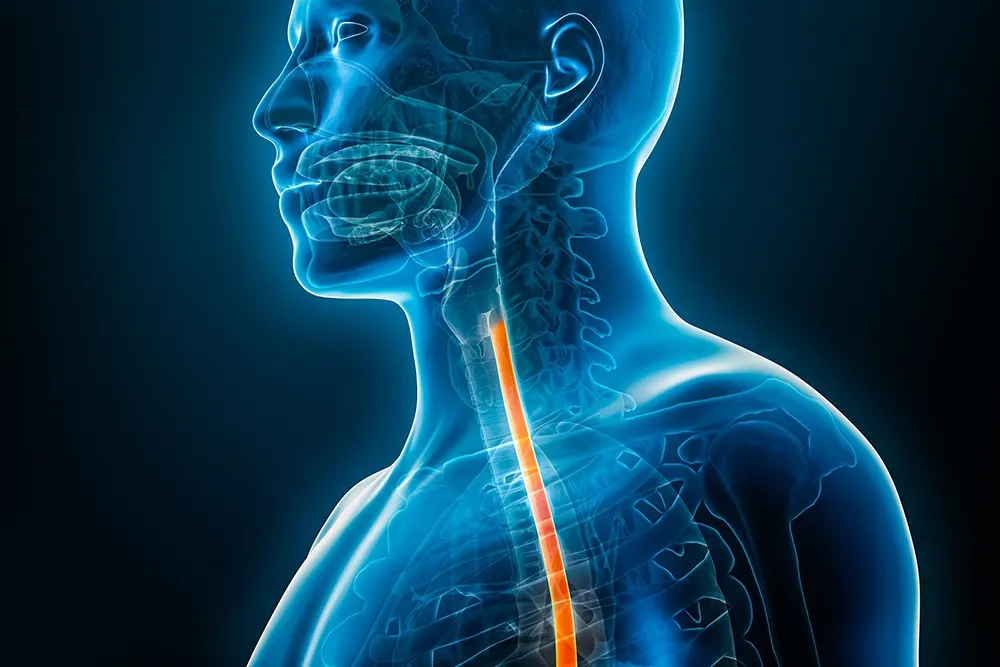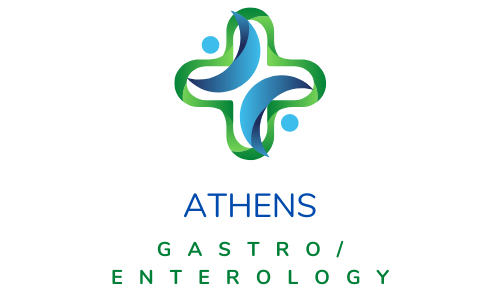Barrett’s esophagus
Barrett’s esophagus
A condition in which there is a change in the lining of the food pipe (esophagus) where it is joined to the stomach. This means that the cells in the lining of your esophagus have undergone a change due to long term irritation from the acid of the stomach. For this reason, it is thought that there is a link to Gastroesophageal Reflux Disease (GERD), or in simpler terms, heartburn. The symptoms, therefore, for Barrett’s esophagus will be similar to those of heartburn; acidic taste, burning in the mouth or chest, difficulty swallowing, coughing, and a hoarse voice. Due to this, it is difficult to diagnose and we, therefore, have to perform an upper endoscopy. An endoscopy is performed with an endoscope, a flexible tube with a camera and light attached on the end, which allows us to view the food pipe and stomach on a screen. It can be the case that viewing the lining of the esophagus is not enough to diagnose a patient with this condition, because of this a biopsy (tissue sample) must be taken to be viewed under the microscope. The advantage to an endoscopy is that it allows the viewing of the lining as well as a biopsy to be taken during the same procedure.

If left to worsen over time, this disease can progress to esophageal cancer, as a consequence, it is important to screen for this disease in patients with chronic symptoms and diagnose it early to allow for treatment at an early stage. Since in most patients the effects of Barrett’s esophagus are irreversible, we, at the clinic, focus on lifestyle changes allowing for the suppression of the underlying causes and in turn avoiding the worsening of the disease. Acid suppressing agents are also available for treatment.

